Is Rewards-Based Dog Training Doomed to Fail Against Your Dog’s Biggest Distractions?
I received a comment on my dog prey drive tutorial that said:
The way I see it, the moment the competing motivator is more attractive than a reward, your dog will ignore you… So you end up with a dog that only pays attention if they feel like it, since there is no obligation that they must obey.
This highlights a common misconception about rewards-based dog training: that if you use treats to train your dog, they always have to be more valuable than whatever your dog is interested in, or else the training will fail.
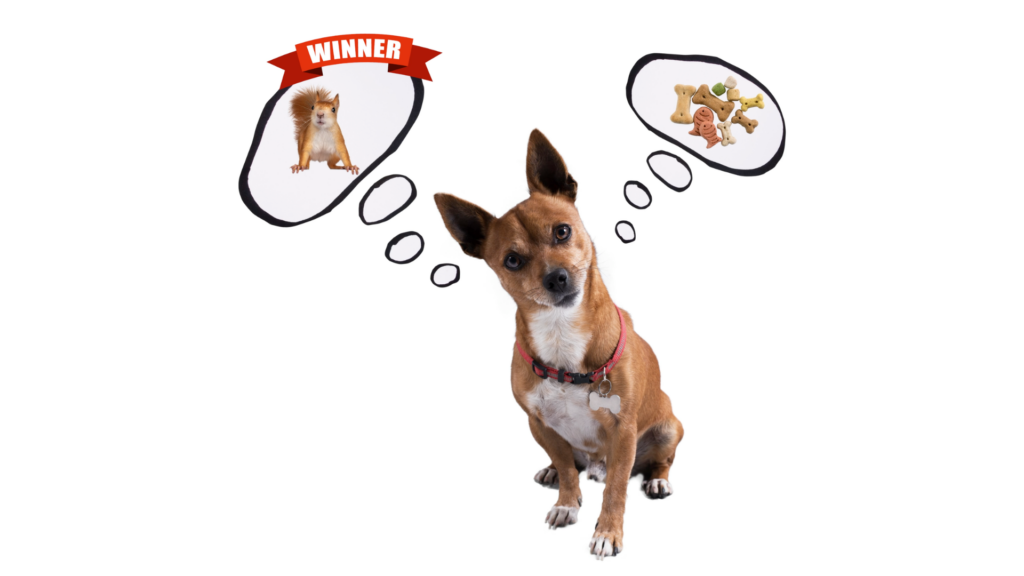
But is this really true?
If it were, why would my high-prey-drive dog listen to “leave it!” when she spots a squirrel? Or drop her favourite chew toy on cue? Or even leave my burger untouched when I step out of the room?
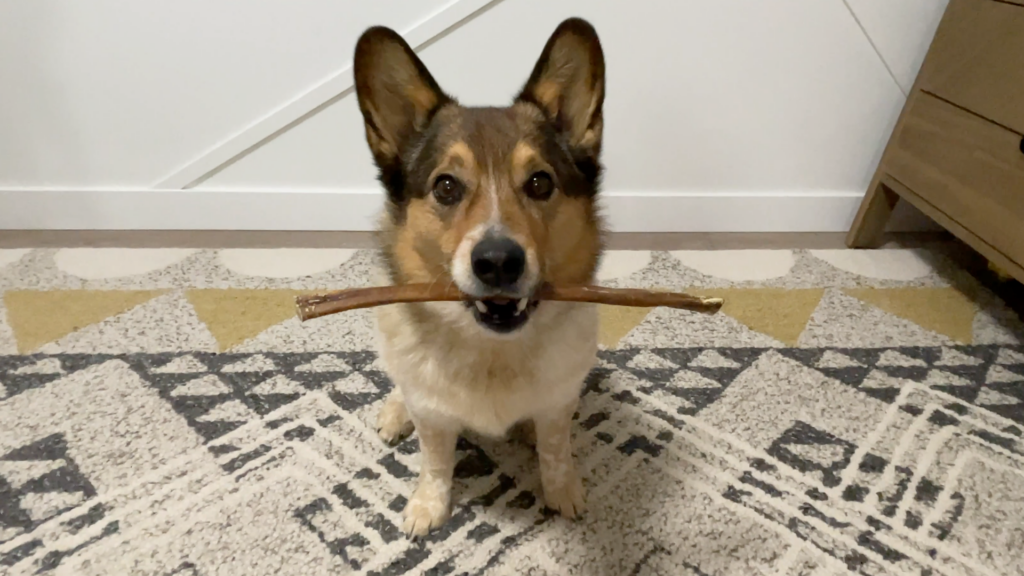
All of those things are clearly of higher value to her than whatever reward I’m offering in return, so why does she listen to me?
The answer is simple: Repetitions.
The Power of Repetition in Dog Training
When I was in elementary and high school I competed at track and field, and my favourite event was the 100-meter sprint. But here’s the thing: during training, we didn’t just practice running really fast.
We also spent time rehearsing hearing the starting gun or buzzer go off and moving into an immediate sprint. The goal was to condition our bodies to immediately spring into action as soon as that sound occurred, without having to think about it.
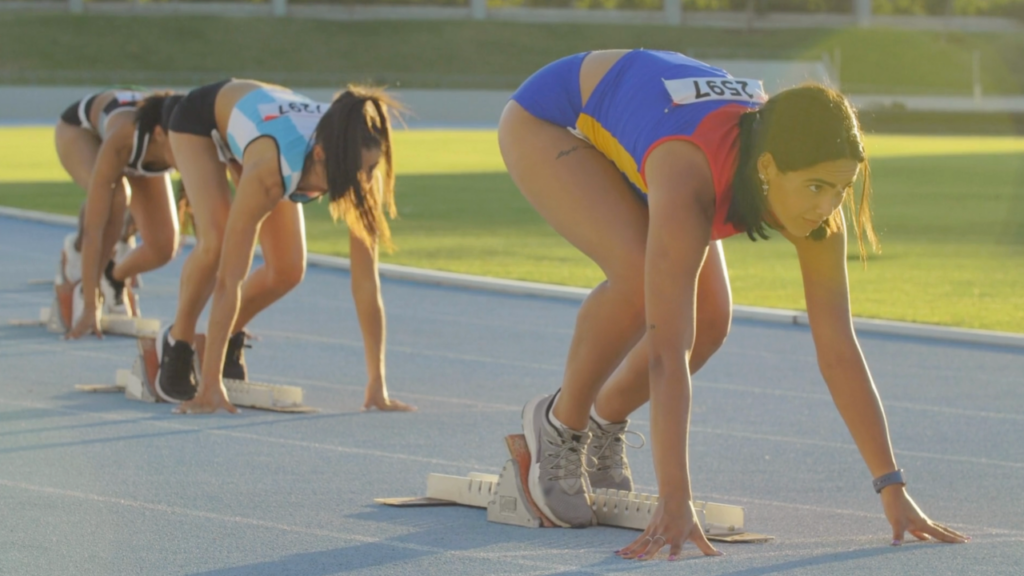
The athletes who were best at this didn’t need to process the sound of the buzzer and decide to run — their bodies were trained to react instantly.
The funny part about this story? I almost always lost my races.
So why am I telling you about my track and field failures?
Because, honestly, I deserved to lose. I enjoyed running, but I didn’t commit to the level of practice and work that the best athletes did. I didn’t put in the repetitions. While their bodies were conditioned to move instantly when the race began, mine still needed some convincing.
This same principle applies to intentional repetitions in dog training.
Train FOR the Moment, Not IN the Moment
One of my favourite sayings about dog training is: Train FOR the moment, not IN the moment.
This is the key to understanding how reward-based training works — and why it’s not doomed to fail, even with high-value distractions.
If I had tried to teach my dog the “leave it” cue in the middle of a walk when she already spotted a chicken bone, it wouldn’t have worked. She would have been too focused on the bone to process my request.
But, because we’d rehearsed that behaviour in progressively difficult training scenarios over and over, she was already conditioned to respond to the cue immediately — no thinking, no hesitation.
The result? That chicken bone was successfully left alone.
Remember my track races: I lost because I didn’t put in the repetitions necessary to react instinctively. My dog is instead like the athletes that won: she doesn’t hesitate when she hears her cue because we’ve practiced heavily and her body knows what to do.
Does Reward Value Matter?
The short answer: Yes, of course reward value does matter. But not in the way you might think.
When I’m training dogs, I inititially set up training scenarios to ensure that the reward I’m offering is more valuable than whatever the dog is “losing” by listening to my cueing. The key is consistency, gradual progression, and plenty of repetitions. This ensures that when your dog does inevitably encounter something much higher value than whatever treat you might have in your pocket, they still listen without hesitation.
Treats are not magic. They don’t make the behavior happen.
They simply reward the dog for performing an action that we’ve conditioned them to perform on cue.
The magic in rewards-based training happens with the foundation of a strong reward history.
The Key to Success: Repetition and Gradual Progression
So, similar to my track and field analogy: Do you want to “win or lose” at dog training?
If you’re trying to use treats as bribes to compete with real-world distractions — like squirrels, food, or other dogs — you’re likely setting yourself up for failure.
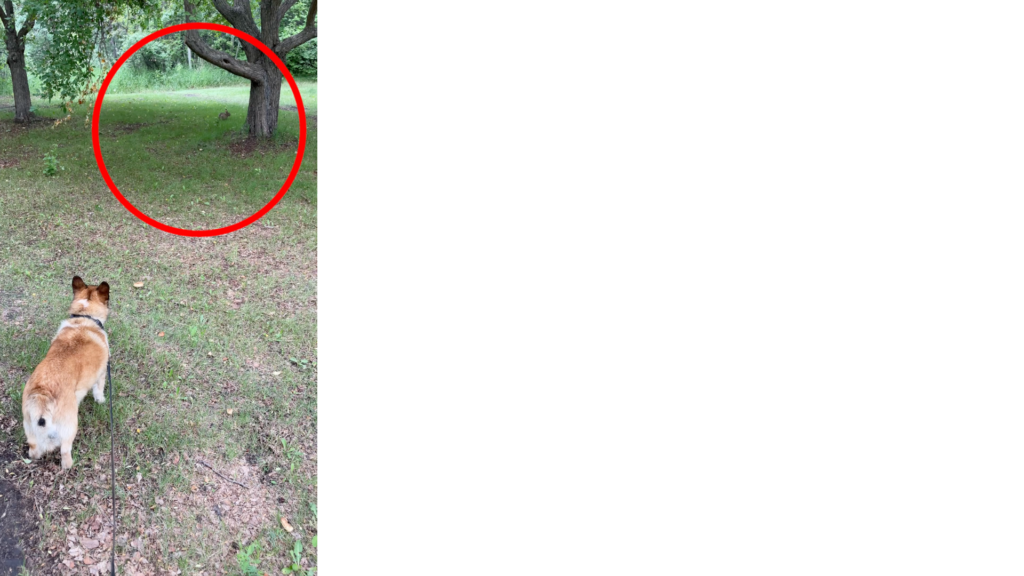
But, if you approach training properly and set your dog up for success by putting them in scenarios where they can successfully learn what you’re asking, and then practice that behaviour many, many times, you will win.
Conclusion
So, is rewards-based training doomed to fail against your dog’s biggest distractions? Absolutely not — as long as you’ve put in the work and repetition to reinforce those behaviours.
By conditioning your dog to respond automatically to cues, you can teach them to ignore even the most tempting distractions. Treats are simply a tool in this process, not a crutch.
If you’re unsure about how to implement this in your own training, check out my Youtube channel! I have tutorials for all the skills I mentioned including “leave it,” “drop it,” and dog prey drive.
Happy training, I’ll see you next time!
Disclosure: Happy Hounds uses affiliate links. Purchasing with these links will not cost you any extra, but I get commissions for purchases made through these links. Affiliate links help me to continue to offer free resources & blog posts. I would love if you used them!
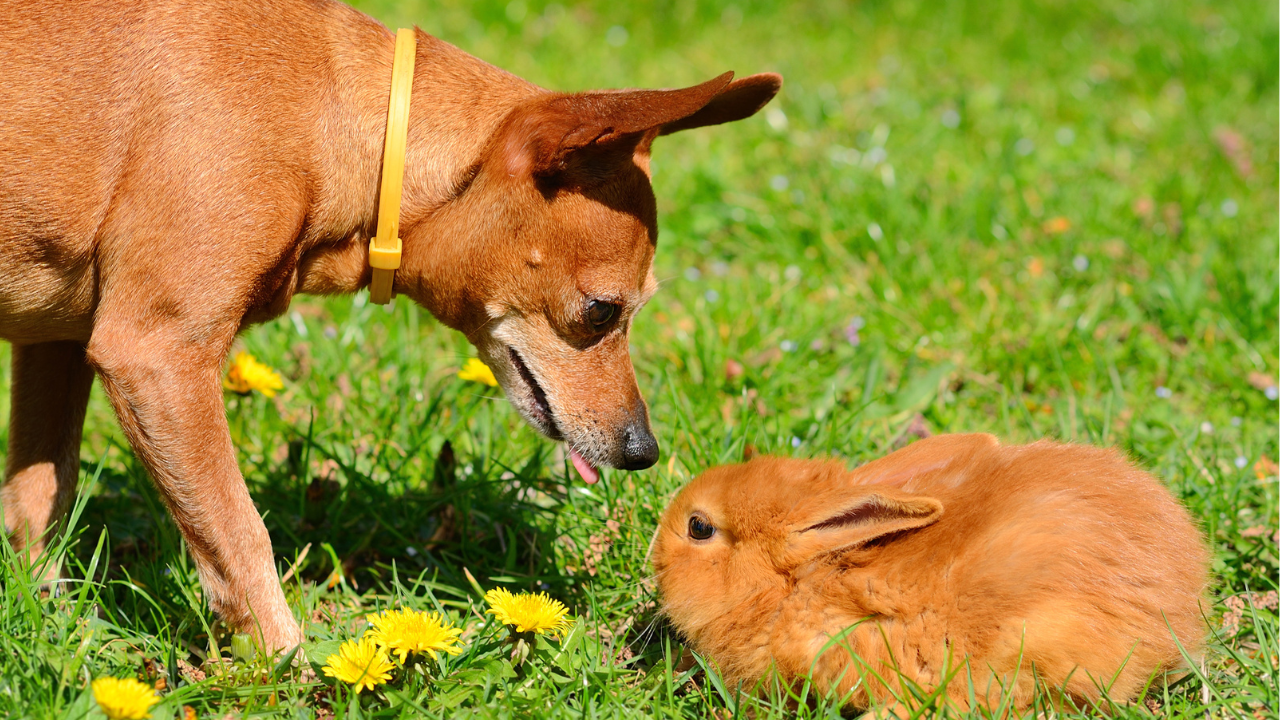
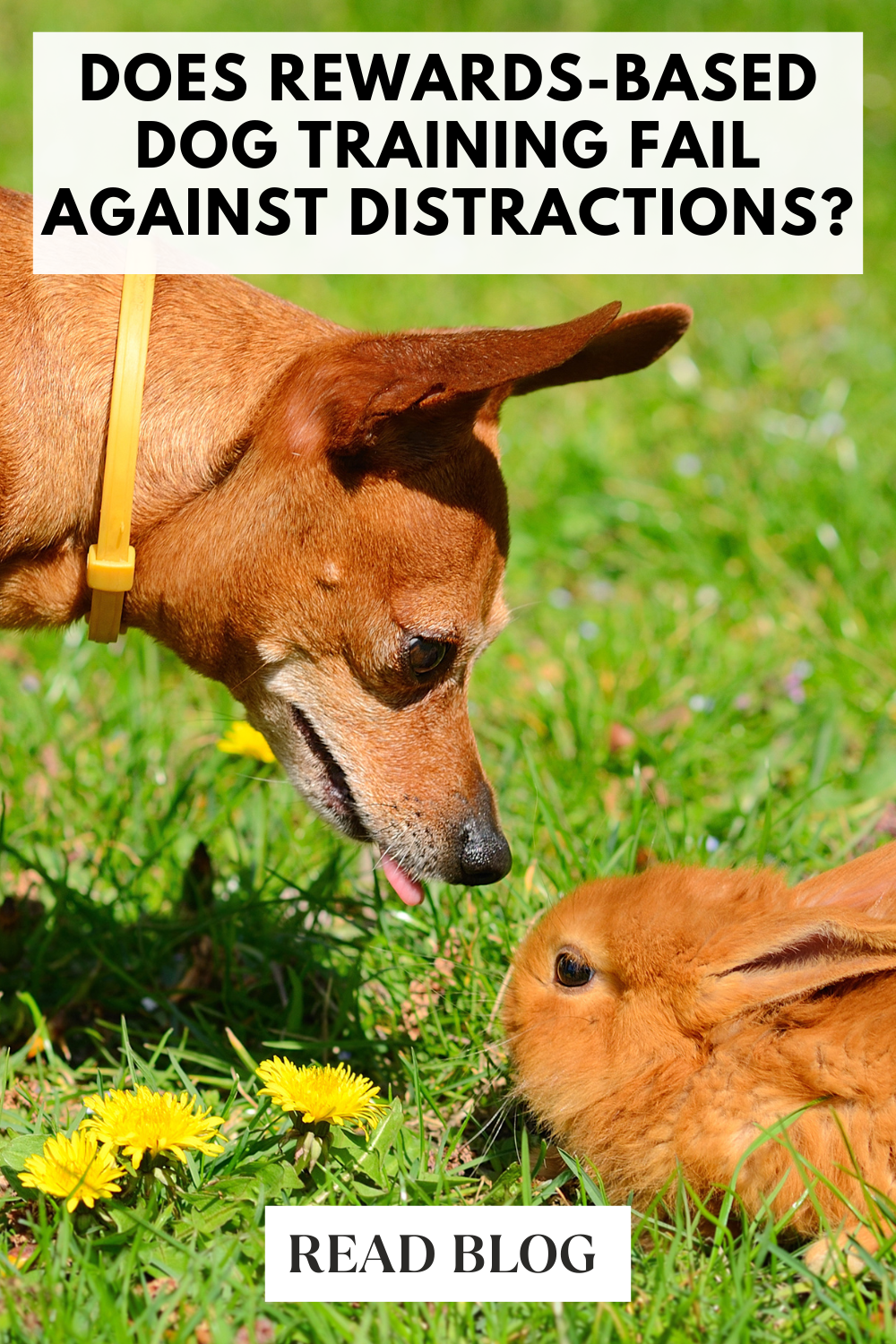
+ show Comments
- Hide Comments
add a comment